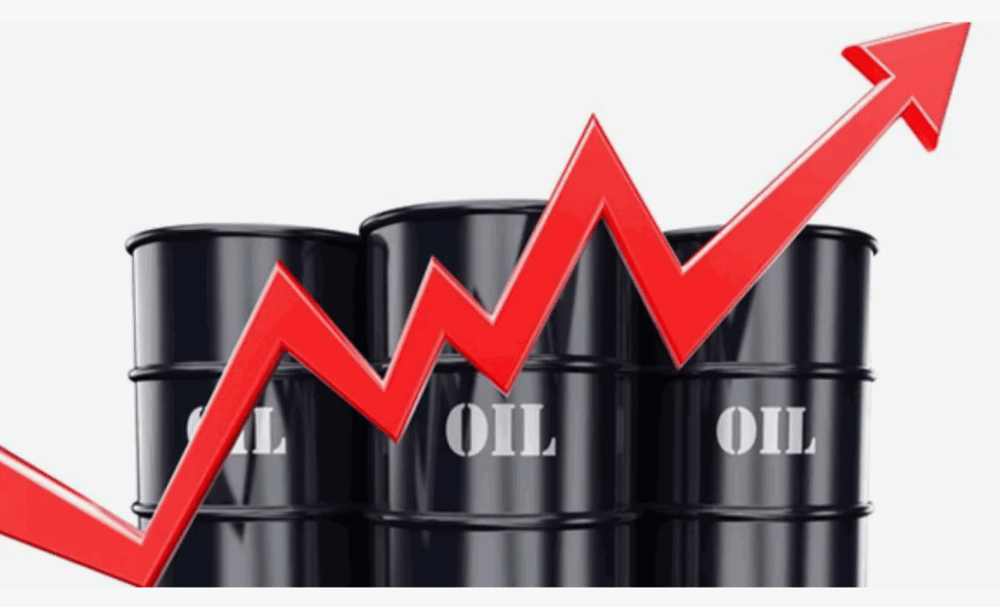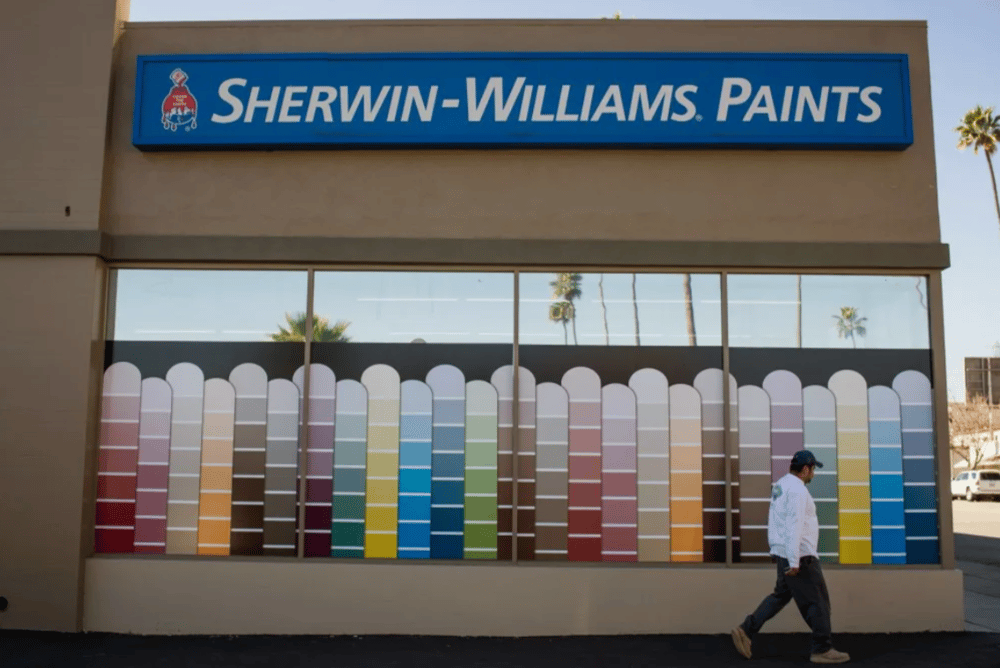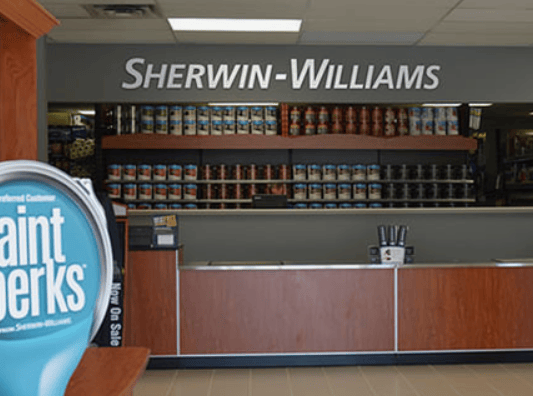Sherwin-Williams $SHW, a bellwether in the coatings industry, reported stronger-than-anticipated first-quarter earnings on Tuesday, driven by price hikes in industrial coatings and an uptick in U.S. housing activity. The company’s shares climbed 4.7% by the close of trading, reflecting investor optimism amid a recovery in the housing-linked manufacturing sector.
Housing Rebound Sparks Fresh Demand for Coatings
A surprising rebound in U.S. single-family home sales in March — fueled by lower mortgage rates — has boosted demand for home improvement products, including paints, adhesives, and coatings. As buyers moved quickly to lock in deals amid falling borrowing costs, Sherwin-Williams saw notable strength in its architectural paint division.
The company's Paint Stores Group, which services architects, industrial contractors, and DIY homeowners, posted a 2.3% year-over-year rise in net sales to $2.94 billion in Q1, showcasing resilience in both consumer and professional markets.
What’s Powering the Q1 Upside
Strategic Pricing Initiatives The company implemented price increases across its industrial coatings segment to offset input cost inflation, which significantly contributed to the earnings beat.
Strength in U.S. Residential Construction An unexpected increase in home sales created favorable conditions for paint demand, particularly for home renovations and new constructions.
Operational Efficiency Enhanced supply chain management and cost controls allowed Sherwin-Williams to maintain healthy margins despite macroeconomic pressures.
Balanced Segment Performance Growth wasn’t limited to one segment — while decorative paints led the charge, industrial coatings also posted solid results amid strong demand from OEMs.
Market Positioning The brand’s established network and distribution scale gave it a competitive edge in capitalizing on short-term spikes in demand.
Colorful Tailwinds Behind the Growth
DIY Segment Still Holding Up While inflation has dampened discretionary spending in some sectors, home improvement has shown staying power, particularly among homeowners seeking to enhance property value.
Commercial Repainting Cycles As office and retail spaces adjust to post-pandemic usage patterns, commercial repainting projects have seen renewed interest, aiding Sherwin-Williams' professional segment.
Industrial Resilience Demand for protective coatings in infrastructure and heavy manufacturing sectors has remained steady, partly thanks to U.S. government-backed spending.
Pricing Power as a Buffer The ability to pass through higher costs to customers — particularly in specialized segments — continues to act as a cushion against margin erosion.
Favorable Seasonal Trends Q1 typically marks the beginning of peak season for painting projects, especially in warmer U.S. regions, further lifting overall sales momentum.
Looking Ahead with Caution and Confidence
Sherwin-Williams' performance reflects more than just cyclical tailwinds. The company’s proactive approach to pricing, inventory management, and customer alignment has positioned it to benefit from even modest housing market gains. However, uncertainty around future interest rate paths, supply chain volatility, and cost pressures remains a challenge.
Still, with a diversified customer base and a strong brand presence, Sherwin-Williams appears well-placed to maintain its leadership as both consumers and contractors prepare for a busy painting season.







An innovative sale like this points to transformative trends in the evolving automation landscape